Neil M. Burns
NatureScot Research Report 1207 - Assessing the implications of wrasse fishing for marine sites and features
Burns, Neil M.; Bailey, David M.; Hopkins, Charlotte
Authors
Abstract
Background
Concerns with chemical treatments for the control of sea lice affecting farmed salmon have prompted the Scottish salmon aquaculture industry to increasingly use cleaner fish - wrasse species (Labridae) and lumpsuckers (Cyclopterus lumpus) - as an alternative. Demand from the industry for cleaner fish has resulted in the development of a fishery using static traps targeting wrasse species. The extent of the demand for wrasse means that the fishery is currently being pursued in Scottish waters, the south west of England, Wales and Northern Ireland. The wrasse fishery in Scottish waters does not currently have any formal management measures. However, a voluntary code of practice was introduced in May 2018.
The wrasse species targeted are relatively slow growing, long-lived and exhibit strong site fidelity and territorial behaviour. This makes them particularly vulnerable to overexploitation. The fishery is data poor and our understanding of its effects are limited. Beyond the immediate impact of removing wrasse and reducing abundances, there is a need to consider the biodiversity implications of the fishery for protected sites and species. For example, to understand how closely linked wrasse are to rocky reef and kelp beds and the implications of the wrasse fishery for otters (Lutra lutra), which can become entangled or trapped in fishing gear of the type used in this fishery. Developing an understanding of the wrasse fishery’s interactions with the protected features of the Scottish Marine Protected Area (MPA) network and relevant Priority Marine Features (PMFs) will enable appropriate advice on this data poor fishery to be developed. This report develops a rationale to cover the potential inclusion of wrasse species in the monitoring of the Scottish MPA network and will enable Scottish Natural Heritage (SNH) to assess feasibility and develop an appropriate methodology.
In this study, a combination of methods is used to:
- explore wrasse abundance in a typical site on the Scottish West Coast,
- understand the associations of wrasse species with particular habitat types and,
- suggest the most appropriate methods to monitor changes in wrasse species abundances.
Archived baited camera survey data collected in the South Arran Nature Conservation Marine Protected Area (NC MPA) was analysed to provide relative abundance estimates of wrasse species within the NC MPA. This data was used to explore changes in wrasse abundance through time and understand the effects of using different sampling strategies. Using this data, statistical models were also built to explain the associations of wrasse species with particular habitat types. The present study also set out to review existing information in the scientific literature and compare species compositions with the physical characteristics of habitats from JNCC biological comparative tables to document habitat associations of wrasse species. Following this analysis, this study provides advice on developing appropriate monitoring methodology for wrasse species.
Citation
Burns, N. M., Bailey, D. M., & Hopkins, C. (2025). NatureScot Research Report 1207 - Assessing the implications of wrasse fishing for marine sites and features. NatureScot
| Report Type | Confidential Report |
|---|---|
| Online Publication Date | Jun 9, 2025 |
| Publication Date | 2025 |
| Deposit Date | Oct 19, 2024 |
| Publicly Available Date | Jul 30, 2025 |
| Public URL | https://hull-repository.worktribe.com/output/4868716 |
| Publisher URL | https://www.nature.scot/doc/naturescot-research-report-1207-assessing-implications-wrasse-fishing-marine-sites-and-features |
Files
Commissioned Report No. RR1207
(2.2 Mb)
PDF
Copyright Statement
© NatureScot 2025
You might also like
Defining marine rewilding can help guide theory and practice in marine conservation
(2025)
Journal Article
Downloadable Citations
About Repository@Hull
Administrator e-mail: repository@hull.ac.uk
This application uses the following open-source libraries:
SheetJS Community Edition
Apache License Version 2.0 (http://www.apache.org/licenses/)
PDF.js
Apache License Version 2.0 (http://www.apache.org/licenses/)
Font Awesome
SIL OFL 1.1 (http://scripts.sil.org/OFL)
MIT License (http://opensource.org/licenses/mit-license.html)
CC BY 3.0 ( http://creativecommons.org/licenses/by/3.0/)
Powered by Worktribe © 2025
Advanced Search
